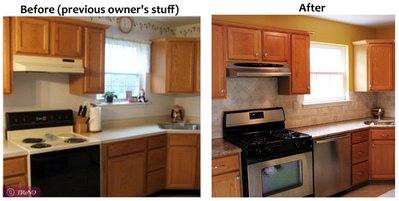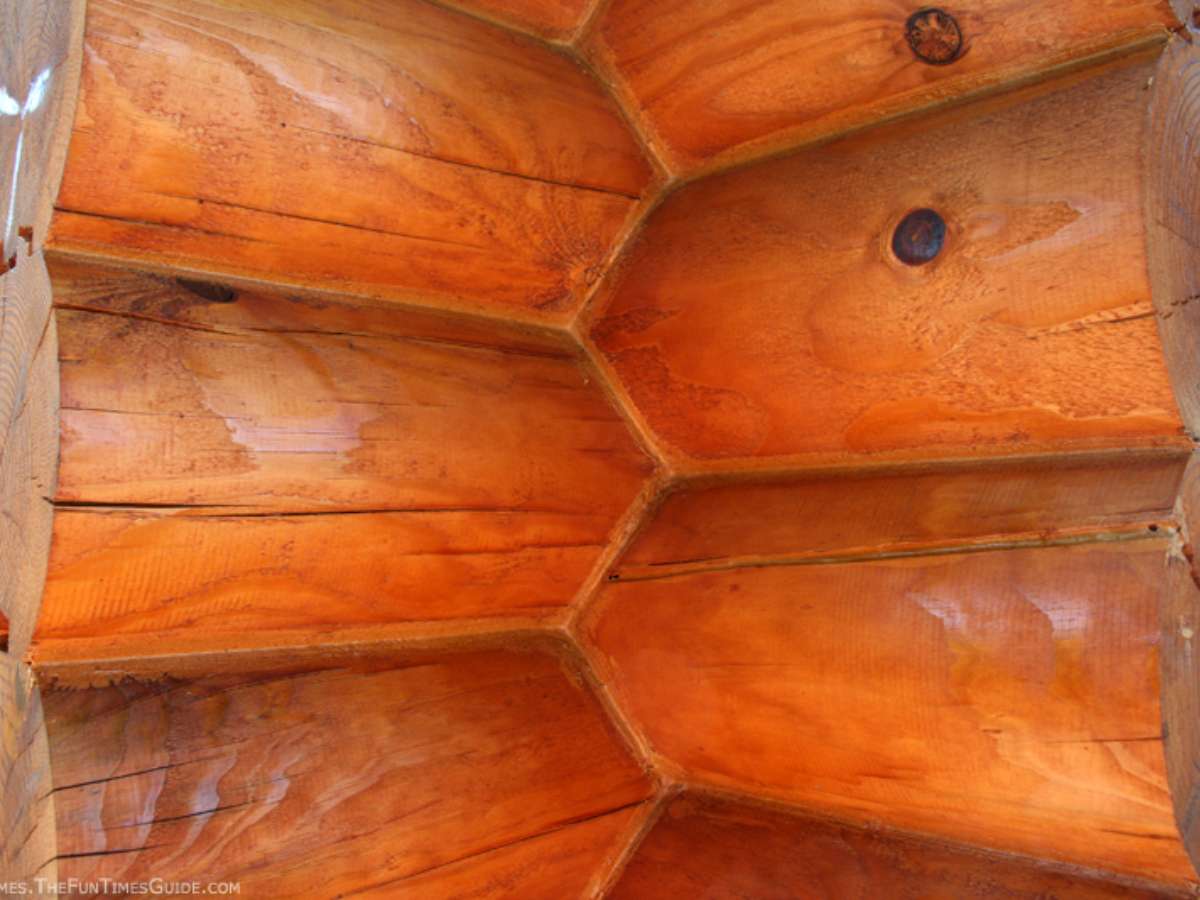 Travertine is a type of limestone. It is also called calcium carbonate.
Travertine is a type of limestone. It is also called calcium carbonate.
Travertine is created when minerals have dissolved in the ground water and then get moved by natural springs and rivers above ground. It is taken from quarries in large blocks and then cut down into smaller blocks.
It has been used for thousands of years in Italy and Turkey, and today Travertine used all over the world for flooring, countertops, backsplashes, and other surfaces where tile is preferred.
photo credit: mikeandanna
Travertine Colors & Styles
Travertine comes in a variety of colors from ivory, to beige, to reddish brown, and even gold — depending on how much iron is present.
It also comes in different finishes such as polished, matte, brushed, or tumbled.
Polished Travertine resembles marble, and brushed or tumbled Travertine has a more antiqued look.
Travertine is easier to cut and shape than many other stones, and because of this, it has become a favorite for many people, including home builders.
Following are some of the pro’s and con’s of using Travertine tile in your home…
Travertine Pro’s
Travertine tile is definitely beautiful to look at, but it also has a few other advantages as well.
The main advantage to using Travertine tile over porcelain tile is this: if you need to replace a tile or two down the line, your chances of finding a Travertine tile that looks close enough to fit in with your existing tiles is much easier. If you had to replace a tile or two of porcelain tile, the tiles would be more difficult to match up.
Another advantage to using Travertine over porcelain is the fact that Travertine is so easy to cut and shape. This means you will be able to fill spaces that are small or oddly shaped much easier with Travertine than say, porcelain tiles.
Travertine tile is more environmentally sound than porcelain tile since it is made from a natural material, and porcelain is not.
Travertine Con’s
Travertine tile takes a little more time to care for, and you want to be sure you use a sealant to protect it — particularly if you have children or pets.
Unfortunately, Travertine is quite porous, and even water-based substances can cause problems with Travertine.
Travertine is highly reactive to acidic substances, so something as innocuous as spilling orange juice on the floor or counter can permanently stain your Travertine tiles.
Also, you don’t want to wash Travertine tile with vinegar. Because of its acidic content, the porous Travertine tiles basically suck up the vinegar, which causes another type of permanent stain.
While a sealant can help to protect your Travertine tile, it is not a perfect solution. Your best bet is to wipe up any spills as soon as they happen to prevent the Travertine from soaking them up and causing damage.
A final disadvantage to choosing Travertine is the cost. Travertine tile is going to be a bit more expensive than porcelain tile, because you need to use a multipurpose thinset rather than just a standard thinset. (Thinset is the adhesive used to attach the tile to the substrate which for example could be water resistant gypsum.)
In the end, you may want to consider not using Travertine tile for your floors if you have pets and/or kids that are prone to accidents. That said, while Travertine may be the more expensive choice, in the long run replacing tiles will be easier, and you will most likely be happier with the look.
If I had a choice between Travertine and porcelain tiles, Travertine would win hands down with me. But then I’m a big proponent of using natural building products whenever possible.




